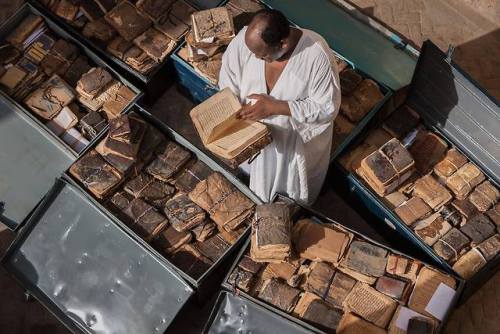- Scribing during the life of Prophet Muhammad (peace be upon him). The Revelation scribes wrote down the Quran, according to the order of Prophet Muhammad (peace be upon him), on pieces of cloth, leather, bones, and stones. Its verses were ordered and arranged according to Allah’s inspiration. At the beginning, it was not gathered in one book. Some of the Prophet’s companions scribed parts and surahs specially for themselves after they had memorized it from the Prophet.
- Compiling Quran during the era of Abu Bakr al-Siddiq: Zayd Ibn Thabit gathered the Quran in one book. He was charged to do this by Abu Bakr al-Siddiq, according to an advice from Umar Ibn Al-Khattab. Its resource was the parts written by the Revelation scribes; so he gathered all of it in one book, the Holy Quran.
- Compiling Quran during the era of Uthman Ibn Affan: In his reign, the Quran was written from the main copy gathered during the era of Abu Bakr al-Siddiq. It was kept at the residence of Hafsah Bint Umar, (one of the Prophet’s wives). He charged the following scribes to do it:
- Zayd Ibn Thabit.
- Abdullah Ibn Al-Zubair.
- Said Ibn Al-`As.
- Abdul-Rahman Ibn Al-Harith Ibn Hisham.
They scribed many copies of Quran, reflecting in their writing the different correct readings (Arabic accents) of it; excluding any incorrect one. It was not marked with dots or vowel points. Uthman kept a copy at Medina and sent the remaining copies to the various Islamic countries.
- Dotting and Vowelization. Dotting and vowelization passed through three stages:
-
- In the first stage: Dots were used as syntactical marks. This was in the era of Mu`awiyah Ibn Abi Sufyan, who charged Abu Al-Aswad Al-Dualy to do it in order to prevent people from a faulty reading of the Quran.
- In the second stage: Arabic letters were marked with different dotting to differentiate between them (e.g.:B, T,TH). This was in the time of Abdul-Malik Ibn Marawan, who charged Al-Hajjaj to do it. Al-Hajjaj, in his turn, charged Nasr Ibn Asem and Hayy Ibn Yaamor to accomplish it.
- In the third stage: Complete vowel points (e.g. dammah, fathah, kasrah) were used, in the form we are using nowadays. This method was invented by Al-Khaleel Ibn Ahmed Al Faraheedi.



